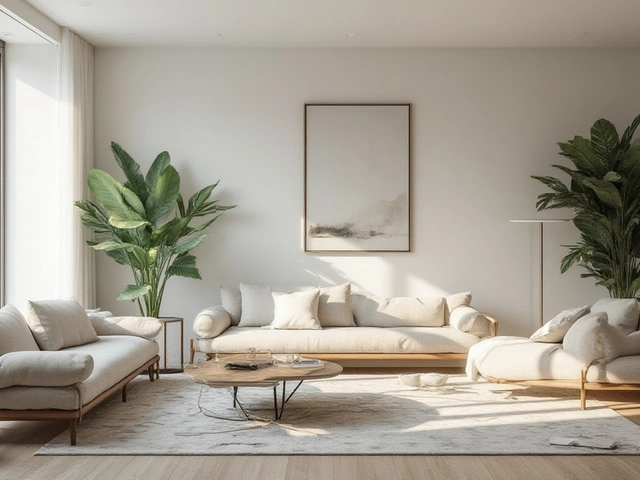Front Curtain Basics: Picking, Hanging, and Styling Made Simple
Front curtains are the first thing people notice when they look at a window. They can make a room feel taller, cozier, or even more dramatic. The good news? You don’t need a designer’s degree to get them right. Below are the steps you can follow today to choose the perfect front curtain and hang it at the right height.
Step 1: Measure Like a Pro
Start by measuring the window frame. Grab a tape measure and write down the width and height. For a classic look, add about 10‑20 cm on each side so the curtain clears the wall and lets more light in. If you want a dramatic floor‑to‑ceiling effect, measure from the floor up to the rod placement. Most people hang the rod 10‑15 cm above the window frame; this tricks the eye into seeing a taller window.
Don’t forget the curtain length. A “kiss the floor” drop leaves a tiny gap, while a full‑length curtain pools on the floor for formal spaces. Measure from the rod to the floor, then subtract a few centimeters if you prefer a neat break.
Step 2: Choose Fabric and Style
Fabric decides how the curtain behaves. Light cotton or linen lets sunlight filter through, perfect for a breezy vibe. Heavier fabrics like velvet add drama and improve insulation—great for rooms that need extra warmth.
Think about the look you want. A plain solid color creates a clean backdrop, while subtle patterns add interest without overwhelming the room. If you have bold wallpaper or a statement wall, pick a neutral front curtain to balance the scene.
Take the room’s colour palette into account. Matching the curtain to a dominant colour in your decor ties everything together, while an accent colour can become a focal point.
Step 3: Pick the Right Hanging Hardware
There are three main options: rods, tracks, and tension wires. Rods are the easiest for DIY and allow you to use rings or grommets. For a sleek look, choose a thin metal rod and pair it with curtain rings that have small clips.
If you want a seamless finish, a ceiling‑mounted track hides the hardware and lets the curtain glide smoothly. Tension wires work well for lightweight fabrics and a minimalist aesthetic.
Install the hardware at the height you measured earlier. Use a level to keep it straight—nothing ruins a polished look faster than a crooked rod.
Step 4: Hang and Style Your Front Curtain
Slide rings onto the rod, then pull the curtain onto the rings. If you’re using grommets, simply thread the rod through. Adjust the pleats so the fabric falls evenly.
For added visual interest, layer a sheer panel behind the main front curtain. The sheer lets light in while the heavier curtain provides privacy when needed.
Finally, tie back the curtain with a decorative holdback or custom tie‑backs if you want to show off the fabric during the day. This small touch can turn a plain window into a design feature.
With these steps, you’ll have a front curtain that not only looks great but also functions exactly how you need it to. Measure, pick fabric, install hardware, and style—it’s that easy. Happy decorating!






